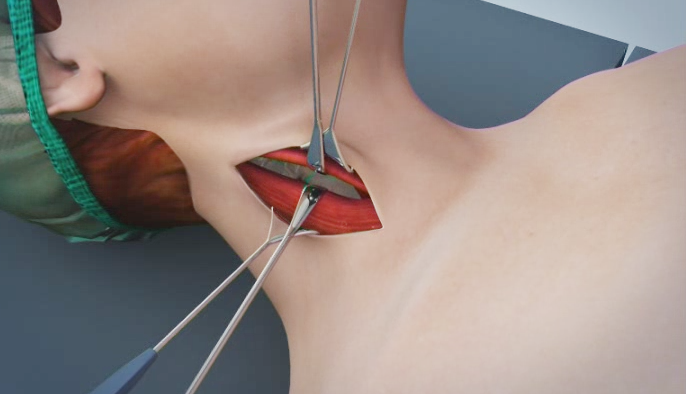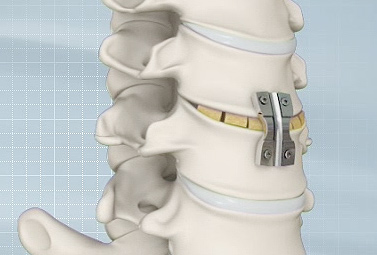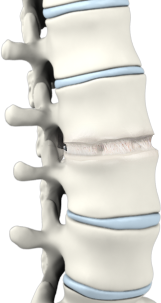
Anterior Cervical Corpectomy And Fusion
An anterior cervical corpectomy and fusion is an operative procedure to relieve pressure on the spinal cord and spinal nerves by removing the vertebral bone and intervertebral disc material (decompression) in the cervical spine, or neck.
What is anterior cervical corpectomy and fusion?
Anterior cervical corpectomy involves removing the vertebral bone or disc material by approaching the cervical spine from the front side (anterior position) of the neck. Spinal fusion implies placing a bone graft between the two affected vertebral bodies, encouraging bone growth between the vertebrae. Spinal fusion helps in achieving adequate decompression of the neural structures. The bone graft acts as a medium for binding the two vertebral bones, and grows as a single vertebra which stabilizes the spine. It also helps to maintain the normal disc height.
Who needs this surgery?
Degenerative spinal conditions like herniated discs and bone spurs results in spinal nerve compression. In addition, spinal fractures, infection or tumors may also put pressure on the spinal nerve structures. Nerve compression in the neck region (cervical spine) can cause neck pain and/or pain, weakness or numbness that radiates down to the arms. Your surgeon recommends you for anterior cervical corpectomy and fusion surgery after examining your spine, medical history, and imaging results of cervical vertebrae such as X-ray, CT (computed tomography) scan or MRI (magnetic resonance imaging). Surgery is recommended only after non-surgical treatment approaches fail. Before recommending surgery, your surgeon considers several factors such as your health condition, age, lifestyle and anticipated level of activity following surgery. A thorough discussion with your surgeon regarding this treatment option is advised before scheduling the surgery.
How is the procedure performed?
Your surgeon makes a small incision at the front of your neck to the side and locates the source of neural compression. Then, the vertebral body or intervertebral disc that is compressing the nerve root will be removed to relieve the compression. Afterwards, a bone graft will be placed at the site decompression. In addition, instruments such as plates and screws are used to provide additional support and stability and to ease healing and fusion of the vertebrae.
How much time will it take for complete recovery?
A specific post-operative recovery/exercise plan will be designed by your physician to help you return to normal activity at the earliest possible. After surgery, your symptoms may improve immediately or gradually over the course of time. The duration of hospital stay depends on this treatment plan. You will be able to wake up and walk by the end of the first day after the surgery. You should be able to resume your work within 3-6 weeks, depending on your body’s healing status and the type of work/activity that you plan to resume. Discuss with your spinal surgeon and follow their instructions for optimized healing and appropriate recovery after the procedure.
What are the possible risks or complications?
Treatment results and outcome are different for each patient. All surgeries carry risk and it is important to understand the risks of the procedure in order to make an informed decision to go ahead with the surgery. In addition to the anesthetic complications, spinal surgery is associated with some potential risks such as infection, blood loss, blood clots, nerve damage, and bowel and bladder problems. Failure to fuse the vertebral bones with the bone graft (fusion failure) is an important complication of spinal fusion which requires an additional surgery.
Please take your physician’s advice for a complete list of indications, clinical results, adverse effects, warnings and precautions, and other relevant medical information about the anterior cervical discectomy with fusion surgery.
Deformity Program













 Read More
Read More
 Location Map
Location Map Patient Testimonials
Patient Testimonials Insurances
Insurances








